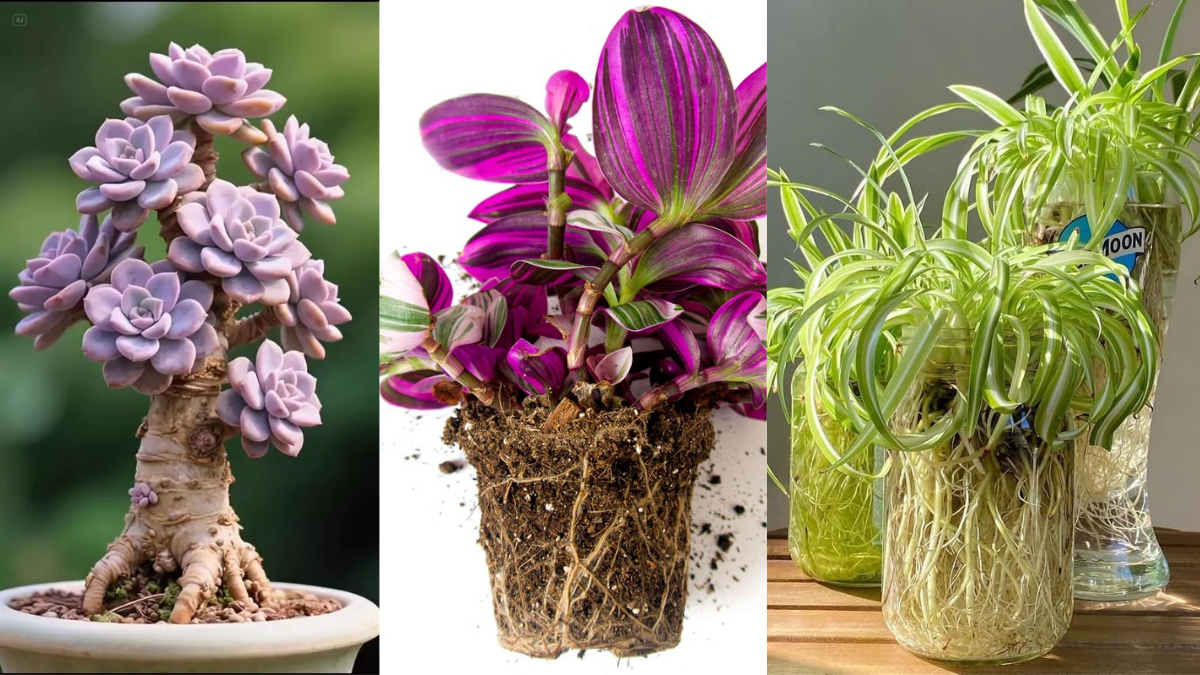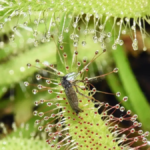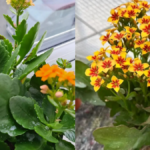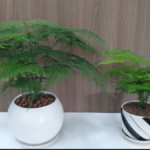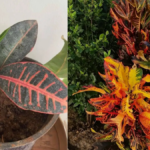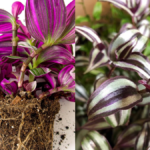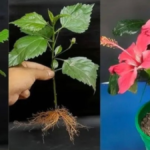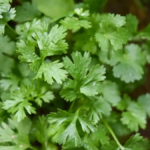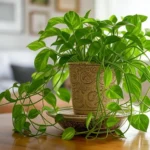How to Care for Indoor Plants – Indoor plants are the easiest way to bring greenery inside your home. They not only make your room look fresh but also improve air quality and give a natural touch. Many people ask me how I manage to keep my plants green and healthy all year. So, in this post, I will share my personal experience of taking care of indoor plants. I will keep everything simple, so even if you are a beginner, you can follow these tips easily.
I have been growing indoor plants for many years. When I started, I also made mistakes like overwatering, using the wrong soil, or keeping plants in low light. But with time and practice, I learned the right way. Now my money plant, snake plant, and peace lily are growing happily, and I enjoy their freshness every day.
IN ARTICLE
Why Indoor Plants Are Worth Keeping
From my experience, indoor plants are not just for decoration. They really make a difference in your daily life.
- They keep the air clean by reducing toxins.
- They add natural beauty to your home.
- They create a calm and positive atmosphere.
- They don’t need much space, even a small room or balcony is enough.
- Some plants like aloe vera and tulsi are also useful for health.
Quick Tips – How to Care for Indoor Plants
Before going into detail, let me share a few quick points that I always follow in my home garden:
- Never overwater, check soil before watering.
- Always use pots with drainage holes.
- Keep plants near indirect sunlight instead of strong sun.
- Clean leaves regularly to remove dust.
- Fertilize monthly during growing season.
- Rotate pots so all sides get proper light.
Watering Indoor Plants
In my experience, watering is where most people go wrong. I used to water daily, thinking plants need it, but many of my plants started dying. Then I learned that:
- Water only when the top soil feels dry. I usually check with my finger.
- Small leafy plants like money plant need water 2–3 times a week, but succulents like cactus need water only once in 10–15 days.
- In winter, I reduce watering because plants grow slowly.
- Always use a pot with holes so that extra water drains out.
This simple habit saved many of my plants from root rot.
Soil That Works Best
When I started, I used normal garden soil, but it was too heavy for indoor pots. Later, I mixed garden soil, compost, and sand – and the difference was amazing.
- The soil became light and roots started breathing properly.
- Compost added nutrition and plants looked greener.
- Sand helped water drain quickly.
Now I always use this mix or sometimes buy ready-made indoor plant soil from nurseries.
Sunlight Needs of Indoor Plants
Sunlight is very important, but indoor plants don’t like harsh direct sun. I once kept my peace lily in full afternoon sunlight, and the leaves turned brown. After that, I moved it near a window where only morning sunlight comes, and it recovered beautifully.
From my personal care:
- Place plants near a bright window with indirect light.
- Morning sun is okay, but avoid strong afternoon sun.
- Rotate the pot every few weeks so all sides get equal light.
- Low-light plants like snake plant and ZZ plant grow even in corners.
Humidity and Temperature
Indoor plants love the same comfort that we enjoy. If you feel good in your room, most plants will also feel good.
- Best temperature: between 18°C and 28°C.
- Keep plants away from AC vents and heaters.
- For humidity-loving plants like ferns and peace lily, I spray water on leaves 2–3 times a week.
- Sometimes I also keep a small bowl of water near plants to increase humidity naturally.
Fertilizing Plants
At first, I didn’t use fertilizer, and my plants looked weak. Later, I started using organic compost and vermicompost once a month, and the growth improved a lot.
- Use organic fertilizer once every 30 days during spring and summer.
- For leafy plants, liquid fertilizer works very well.
- Avoid adding too much fertilizer, because it can burn roots.
Propagation – My Favorite Part
One of the best things about indoor plants is that you can grow new ones from the old. I love propagating my money plant and spider plant.
- Stem cutting: I cut a stem of money plant and keep it in water. Within 10 days, roots start growing.
- Leaf cutting: For succulents, I simply plant a leaf in soil, and it starts growing after some weeks.
- Division: Spider plants give baby plants which can be planted separately.
This way, you don’t have to spend money again and again.
Common Problems I Faced and Solutions
| Problem | My Experience | Solution |
|---|---|---|
| Yellow leaves | I watered too much | Reduced watering and checked drainage |
| Brown tips on leaves | AC air made them dry | Misted leaves and kept away from AC |
| Drooping leaves | Soil was too dry | Watered deeply and plant recovered |
| Pests on leaves | Dust and poor airflow | Cleaned leaves with neem oil solution |
Conclusion
Taking care of indoor plants is not very hard. In my journey, I learned that plants don’t need too much – just the right balance of water, soil, sunlight, humidity, and fertilizer. If you care for them with love, they will reward you with fresh green leaves and positive energy.
Indoor plants have become a part of my life, and I enjoy spending time with them daily. If you also want your plants to grow well, just follow these simple steps and learn from my personal experience. Slowly, you will also develop your own routine and your plants will stay healthy for years.
